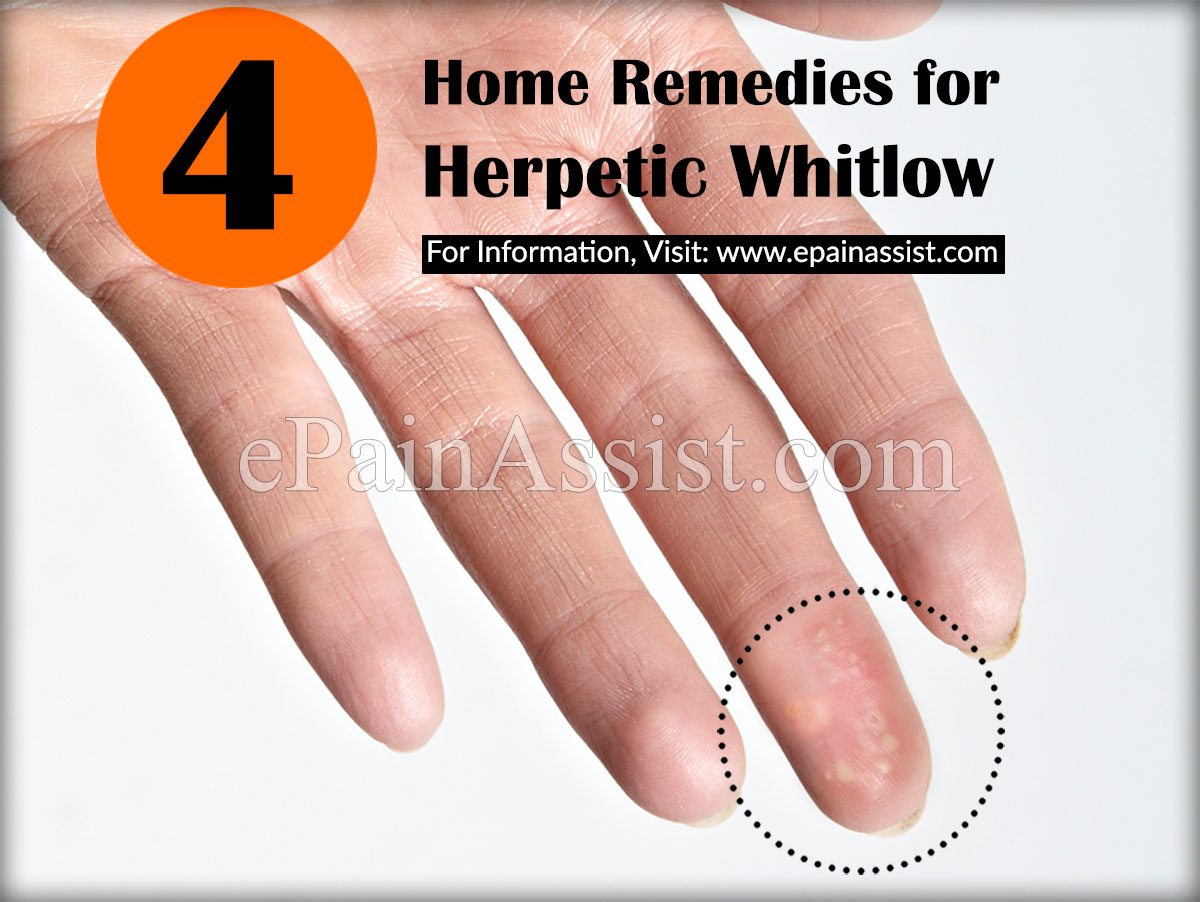Ideal Info About How To Cure A Whitlow

Consider early treatment with aciclovir in case of severe herpes simplex infection (herpetic whitlow).
How to cure a whitlow. To reduce the duration of the symptoms, a person can try antiviral medications. How to treat paronychia how to stop paronychia from returning? A herpetic whitlow is a herpes lesion , typically on a finger or thumb, caused by the herpes simplex virus (hsv).
Apply moist heat three to four times a day to alleviate pain and hasten draining of the pus. Studies of clinical efficacy are limited. The infection causes painful blisters or sores on your fingers as well as swelling and skin discoloration.
Antiviral tablets can help your finger to heal more quickly. Herpetic whitlow (whitlow finger) is a painful infection of the finger caused by the herpes virus. Paronychia is an infection of the.
If you can't see a gp within 48 hours, the infection will usually go away without treatment within 2 to 3 weeks. Herpetic whitlow is a temporary, painful condition that typically resolves in two to three weeks. In order for the whitlow to heal faster, you can simply soak your affected fingertip/toenail for few minutes in warm water.
Antiviral drugs may help to heal a herpetic whitlow, but they do not get rid of the herpes simplex virus or prevent future outbreaks of herpes simplex viral infection. Shea butter for whitlow lincomycin for whitlow how to treat whitlow at home? Antivirals also help by reducing a patient's risk of getting a.
Treatment most often is directed toward symptomatic relief. How to cure whitlow at home? Check if you have herpetic whitlow.
Whitlow is a painful condition caused by the herpes simplex virus that causes a swelling around the finger nails. The procedure is very simple. Surgical incision and drainage may be required for abscess followed by.
You may cover the area with a thin layer of petroleum. Antiviral medications and antibiotics are the most. Take a small bowl and put.
Take paracetamol or ibuprofen as required for pain relief. Learn how to treat it with ice packs, garlic, licorice root,. For staphylococcal whitlows that do not require incision and drainage, treatment includes:
It's easily treated but can come back. For more information, see the. Wash the area with clean water 2 times a day.

















